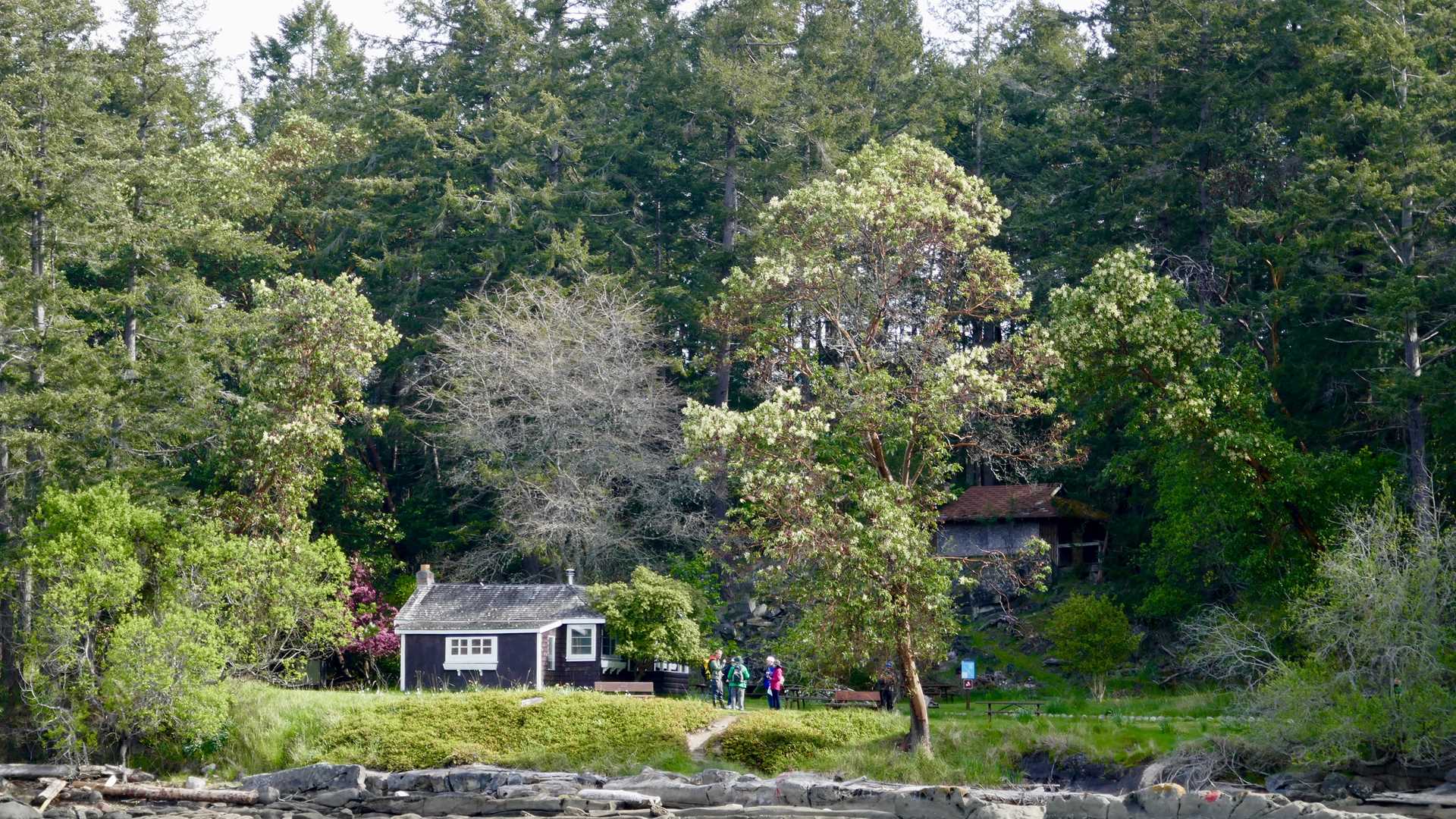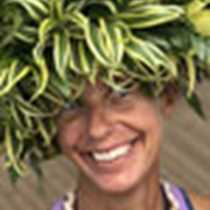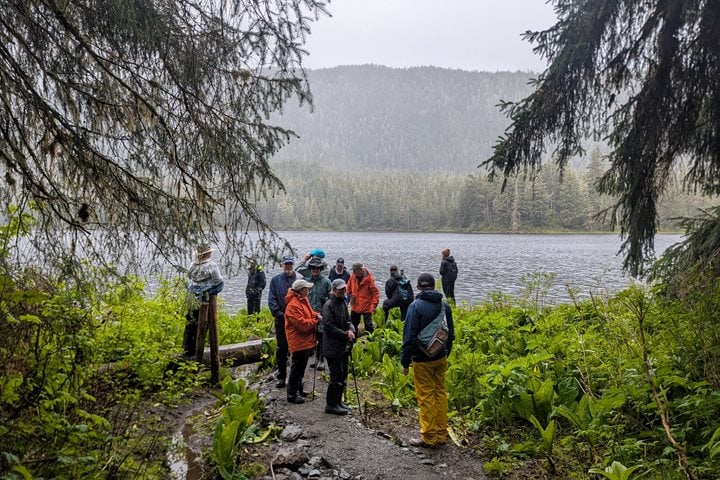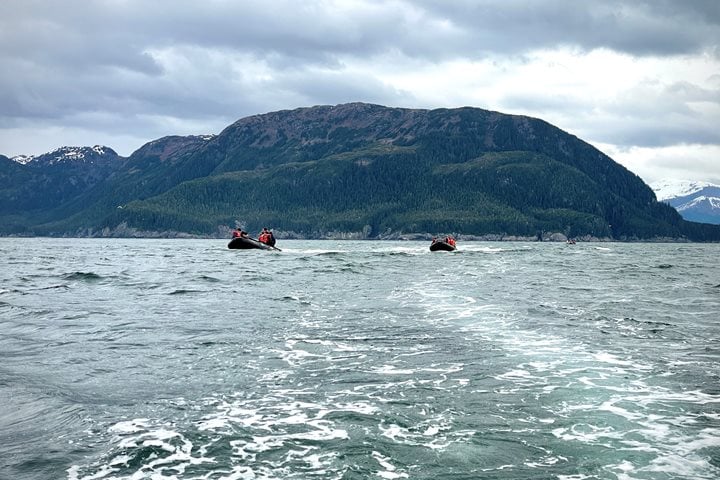This morning the National Geographic Quest dropped her anchor in Houstoun Passage off Wallace Island in the Gulf Islands of B.C. A picture perfect and calm day we made our first landing of the voyage in Conover Cove. This island was originally known as “narrow island” and was later named after Captain Wallace Houstoun who first surveyed the area in the 1850s. In 1946 David and Jeanne Conover purchased the island and built a holiday resort which they owned and operated until the 1960s. Above the landing site were some of the buildings that were remnant of that small resort and helped paint the portrait of the recent human history. In 1990 the island was purchased by the province and became the Wallace Island Marine Park for boats large and small to enjoy.
The Gulf Islands sit in the rain shadow of the mountains of the Olympic range and Vancouver Island and receive considerably less precipitation (less than 3’/annually) than the West coast which helps determine the plant communities that thrive on the sedimentary soils. The beautiful Arbutus (Pacific madrone) trees were in full bloom alongside the Douglas fir, two species we will soon leave behind as we make our way further north to the coastal temperate rainforest of Alaska.
While the majority of the group chose to stretch their legs on land there were two boats that explored the shoreline of the island and were not disappointed. The waters around the Gulf Islands are biologically very productive in part because of the nearby Fraser River that drains a quarter of the watersheds B.C and is responsible for 80% of the fresh water that enters the Strait of Georgia. The 20 million metric tons of nutrient rich sediment that the Fraser dumps into the Strait every year enriches the aquatic environment and make it a productive home for river otter, mink, harbor seals and bald eagles along the short stretch of coast of Wallace Island.







